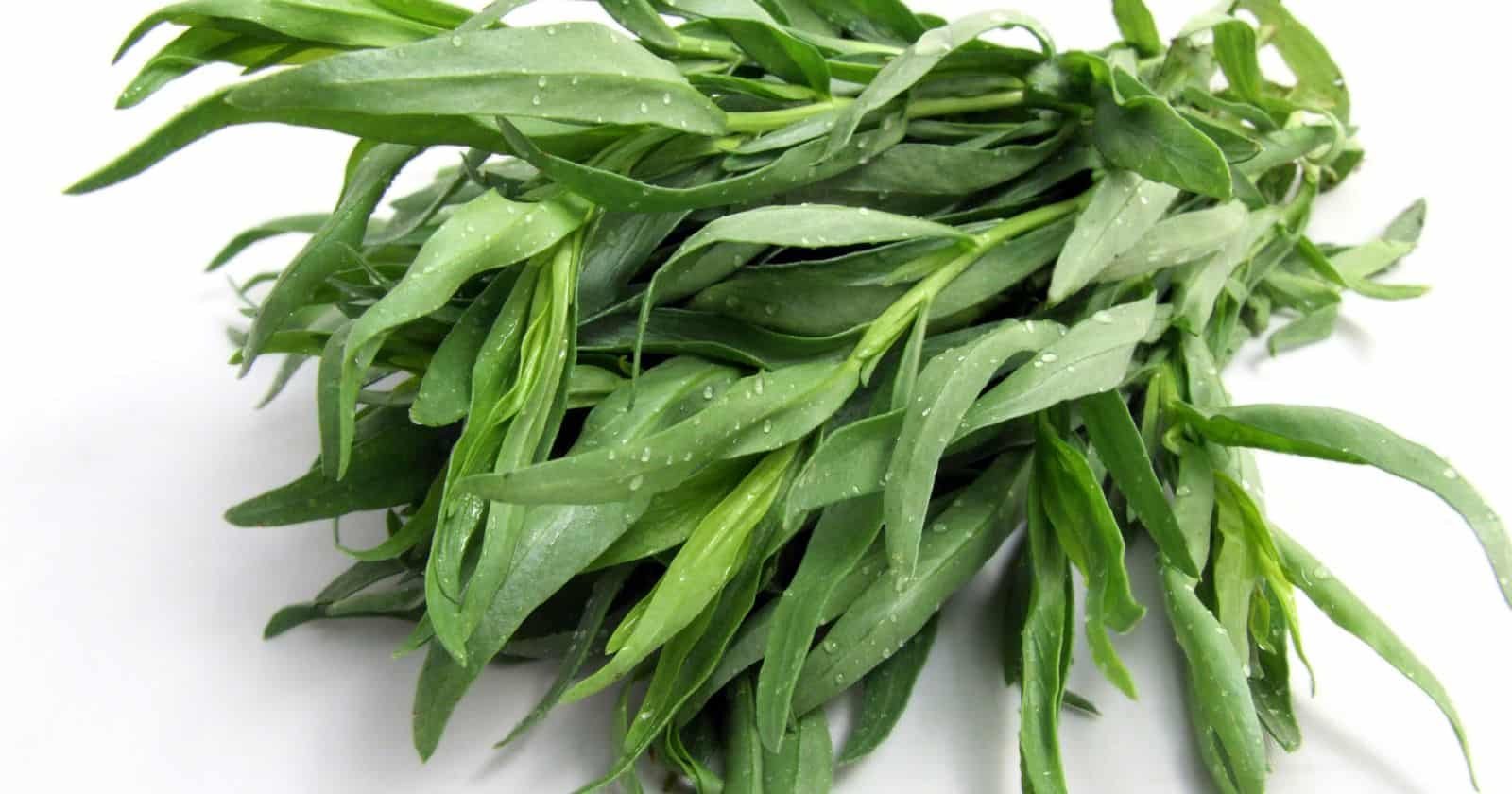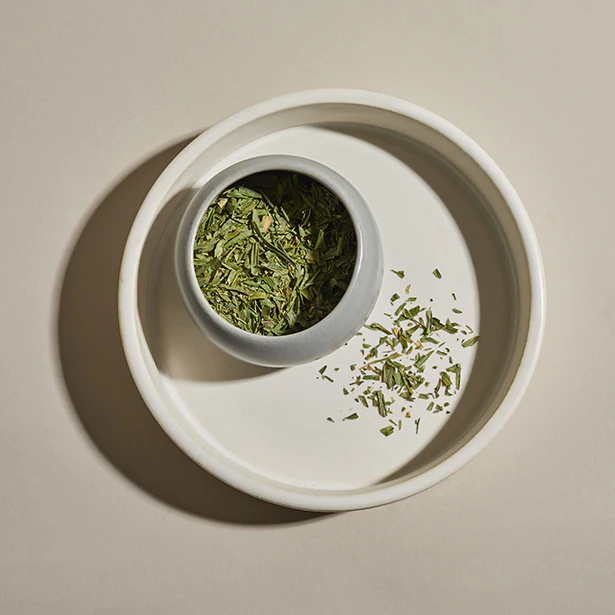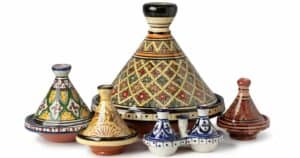If you want to add a new layer of flavor to your dishes, look no further than tarragon.
This delicate herb boasts a distinct anise-like flavor that can elevate any meal. But tarragon can be a game-changer for those struggling to find the right herbs to pair with their meals.
Tarragon is a perennial herb that belongs to the sunflower family. It’s known for its narrow, pointed leaves and pale yellow flowers. The herb is commonly used in French cuisine and can be found in dishes such as béarnaise sauce, chicken salad, and vinaigrette dressings. Tarragon’s subtle licorice-like flavor can be overwhelming if not used correctly. However, it can add a unique and delightful taste to any dish when paired with the right ingredients.
In this article, we’ll delve deeper into the world of tarragon, exploring its origin, health benefits, and culinary uses.
We’ll also provide some simple yet delicious recipes that showcase tarragon’s unique flavor.
Whether you’re an experienced cook or just starting in the kitchen, this article will provide all the information you need to incorporate tarragon into your cooking repertoire.
What is Tarragon?
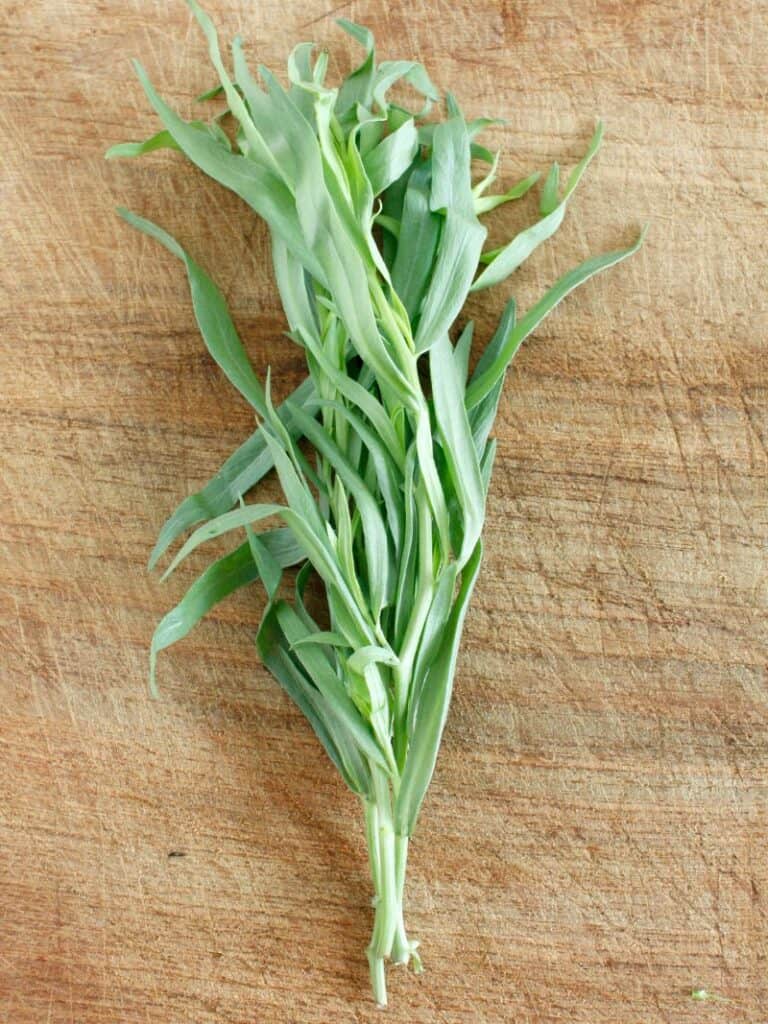
Tarragon is a delicate herb with a distinct flavor that has been used for centuries in various food dishes. It has a slightly bittersweet flavor and aroma similar to anise, offering sweetness and bitterness.
When used in recipes, tarragon is often added as the last ingredient to add aromatic character. Dried tarragon also provides hints of vanilla and licorice, making it a versatile culinary herb to have on hand.
It goes well with fish, meat, soups, stews, tomato, and egg dishes. It adds a distinct flavor with its many flavor notes when making sauces.
Generally regarded as one of the fine herbs or the “four essential herbs” in French classic cooking – along with parsley, chives, and chervil – this herb is quite delicate yet very aromatic.
With its unique combination of slightly bitter undertones mixed with sweet fragrant notes of anise but at the same time unmistakably its smell, this airy herb brings distinctive taste experiences to gastronomists around the world.
Plus, it can boost your health as tarragon is rich in essential vitamins like B6, copper, and magnesium.
Throughout history, tarragon has been considered a powerful natural remedy due to its health benefits associated with digestion or regulation of hormones or appetite reduction in cases of PCOS (polycystic ovary syndrome).
Depending on their origin, different species of this pungent herb offer different levels of flavor intensity, with Russian tarragon being slightly less strong than French varieties.
Likewise, the leaves can vary among types, ranging from soft green to bronze-green hued leaves that provide more pronounced flavor notes matched with sweet-floral fragrances, making them ideal for enticing scenting experiences in food preparations.
Different Types Of Tarragon And Their Characteristics
Tarragon is a popular herb that is used in a variety of culinary dishes. While there are only one species of tarragon, known as Artemisia dracunculus, different types of tarragon vary in their characteristics.
Here are some of the most common types of tarragon and their unique qualities:
French Tarragon

This is the most common type of tarragon and is often used in French cuisine. French tarragon has narrow, dark green leaves and a sweet, anise-like flavor. It is prized for its delicate flavor and is often used in sauces, dressings, and egg dishes.
Russian Tarragon

Russian tarragon has a coarser texture than French tarragon and a less intense flavor. It is often used as a substitute for French tarragon but is not as highly regarded in the culinary world.
Mexican Tarragon
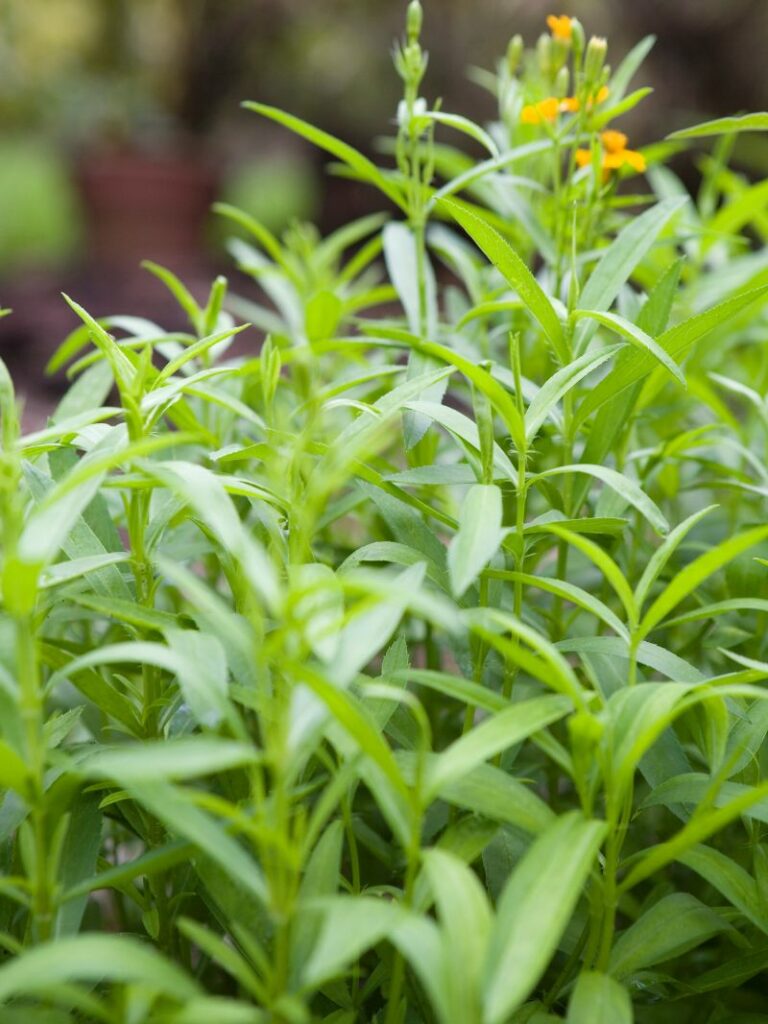
Also known as Mexican mint marigold, this variety of tarragon has a stronger flavor than French tarragon and a hint of anise. It is often used in Mexican cuisine, particularly in sauces and soups.
Spanish Tarragon
This type of tarragon is also known as false tarragon or Mexican tarragon. It has a flavor similar to French tarragon but is often used as a substitute when it is unavailable.
When cooking with tarragon, choosing a suitable variety for the recipe is essential. French tarragon is the most highly prized for its delicate flavor, while other varieties can be used as substitutes or to add a different flavor profile to a dish.
Health Benefits Of Tarragon
Tarragon is a delicate herb with a distinct flavor used to season dishes and enhances the flavor in cuisines worldwide.
Not only that, but tarragon also has many health benefits that have been studied in recent years. It may help lower sleep quality and regulate sleep patterns to ensure a good night’s rest.
Here are some of the health benefits of tarragon:
- Contains antioxidants that can protect against cell damage and reduce the risk of chronic diseases.
- Has anti-inflammatory properties that can help reduce inflammation in the body.
- It may help improve digestion and relieve digestive issues such as bloating and constipation.
- Contains compounds that can help regulate blood sugar levels and reduce the risk of type 2 diabetes.
- It may help improve sleep and reduce anxiety due to its natural sedative properties.
- Contains vitamins and minerals such as vitamins C, A, iron, and potassium.
- It may help stimulate the appetite and aid in weight management.
- Has antibacterial properties that can help fight against harmful bacteria in the body.
It’s important to note that while tarragon has many potential health benefits, it should not be used as a replacement for medical treatment or advice.
Always consult with a healthcare professional before using tarragon for medicinal purposes.
Culinary Uses Of Tarragon In Cooking
Tarragon is an aromatic herb commonly used to add a delicate springtime taste to savory dishes. It’s an essential component of four fines herbes, a classic French seasoning mix of chervil, chives, parsley, and tarragon.
It is trendy for flavoring salad dressings and sauces. Tarragon is also used in many main dishes, such as fish and chicken dishes, requiring a subtle flavor infusion.
Additionally, it’s often simplified to tarragon vinegar—a popular condiment worldwide.
Here are some dishes that feature tarragon:
Chicken Salad
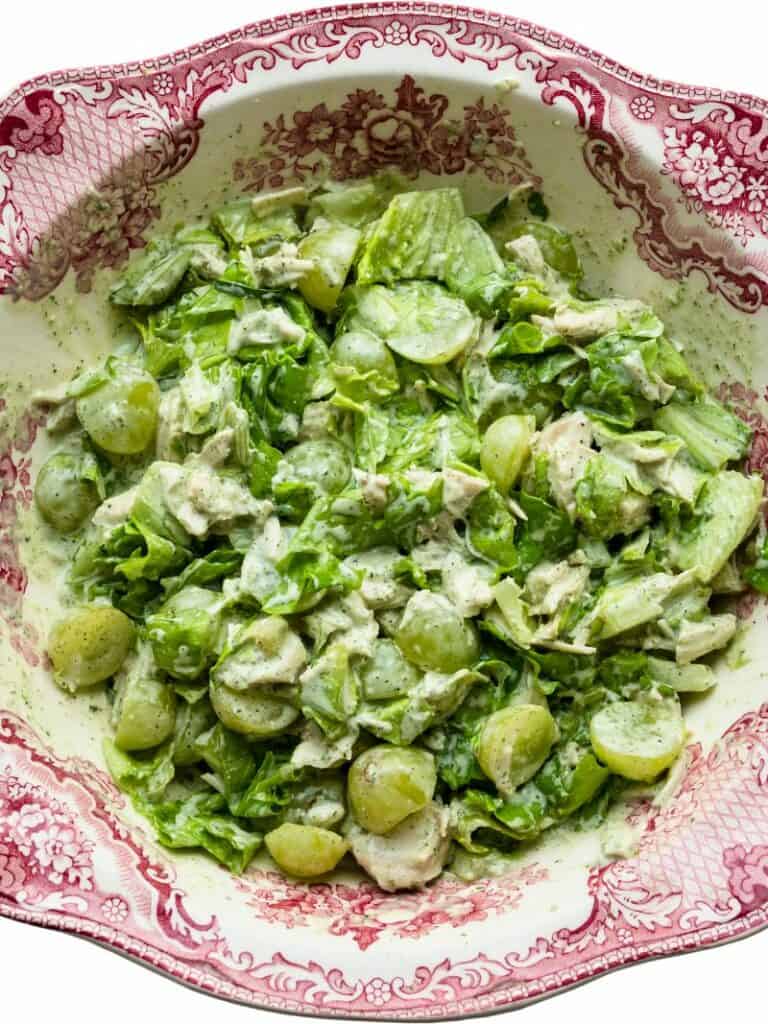
Tarragon is a classic ingredient in chicken salad, providing a sweet and subtle anise flavor. Simply mix cooked chicken with mayonnaise, diced celery, chopped tarragon, and salt and pepper to taste.
Béarnaise Sauce

This classic French sauce has butter, egg yolks, shallots, white wine vinegar, and tarragon. It pairs well with steak and other grilled meats.
Tomato Salad
Tarragon adds a fresh and herbaceous flavor to a simple tomato salad. Toss sliced tomatoes with olive oil, balsamic vinegar, chopped tarragon, salt, and pepper for a light and refreshing side dish.
Fish Dishes

Tarragon pairs well with fish and seafood, adding a light anise flavor that complements the delicate flavor of the fish. Try baking salmon with tarragon and lemon or adding tarragon to seafood chowder.
How To Store And Preserve Tarragon
Tarragon is a delicate herb with a distinct flavor, making it an important addition to various meals. To preserve its freshness, knowing the correct storage methods for storing and maintaining tarragon for the long term is essential.
Always wash the tarragon first and then strip the leaves before you place two tablespoons in each compartment, covering them entirely with oil or water. Store in an airtight container to ensure your tarragon stays fresh for up to two months.
Placing tarragon regularly in your refrigerator’s crisper drawer wrapped in a damp paper towel will ensure short-term preservation – around two weeks.
Doing this isn’t necessary if you plan to use up the entire bundle immediately, as fresh tarragon can last at room temperature for one to three days from the temporary wrapping.
Tarragon also adds unique flavors when used in beverages like cocktails, smoothies, and mocktails, or iced tea or coffee. Its refreshing aroma and slightly sweet taste combine quite well with other flavors to create delightful drinks.
With the right cooking techniques and recipes that use minimal ingredients, one can easily make flavorful concoctions with this herb.
Storing and preserving tarragon is all about maintaining its freshness so that you get the best aromas and flavor every time you use it.
With these simple methods of preserving and storing tarragon, one can expect to enjoy the delicate herb year-round!
Tarragon In Beverages And Cocktails
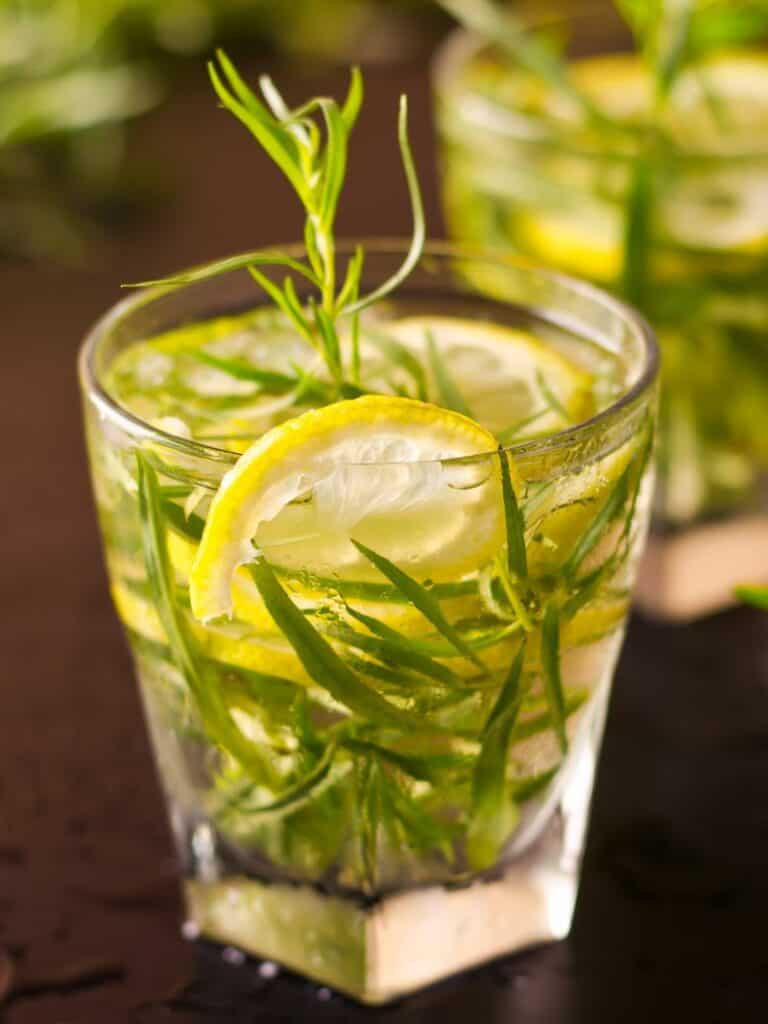
Tarragon is a popular herb, yet it remains pretty underestimated. It has a mild anise-like flavor and makes an excellent addition to various recipes.
Tarragon compliments citrus flavors, strawberry, and tomato – making it the perfect ingredient to add punch to simple dishes. Also tarragon also pairs incredibly well with gin and vodka.
This is why some tarragon-inspired cocktails have gained immense popularity in recent years.
From the Hugo Cocktail (a sparkling white wine-based drink) to the French 75 (a gin-based concoction) – there are endless possibilities for crafting memorable drinks featuring this delicate herb.
Where to Buy Tarragon?
Tarragon can be found at most grocery stores and supermarkets, either fresh or dried. Look for fresh tarragon in the herb section of the produce department, or check the dried herbs and spices section for dried tarragon.
Farmers’ markets and specialty food stores may also carry fresh tarragon when in season.
Tarragon is bittersweet with a taste like licorice. It is often associated with French cooking, appearing in Béarnaise sauce and fines herbes blends.
It also features prominently in Persian cuisine. Try it in khiar shoor (Iranian savory pickles) or the unexpectedly refreshing sabzi khordan (a salad of raw vegetables and fresh herbs).
Tarragon Substitutes
Tarragon is a unique herb with a distinct anise-like flavor that can be difficult to substitute in recipes.
However, if you don’t have tarragon on hand, there are a few herbs and spices that can be used as a substitute:
Fennel Seeds
Fennel seeds have a similar anise-like flavor to tarragon and can be used in a pinch. Use half the amount of fennel seeds as the recipe calls for tarragon.
Basil
While basil doesn’t have the same anise flavor as tarragon, it does have a sweet and slightly minty taste that can complement many of the same dishes. Use a little more basil than tarragon, as it has a milder flavor.
Dill
Dill has a similar flavor profile to tarragon, with a slightly sweeter taste. Use dill as a substitute in recipes that call for tarragon in a marinade or sauce.
Chervil
Chervil is another herb with a mild anise-like flavor that can be used as a substitute for tarragon. It is often used in French cuisine and can be found at specialty food stores or online.
Anise Seed
Anise seed has a strong licorice-like flavor that is similar to tarragon. Use it in the same amount as tarragon in recipes for marinades, dressings, and sauces.
When substituting herbs in recipes, it’s important to keep in mind that the flavor profile may change slightly. However, these herbs and spices can still provide a similar flavor profile to tarragon in many recipes.

